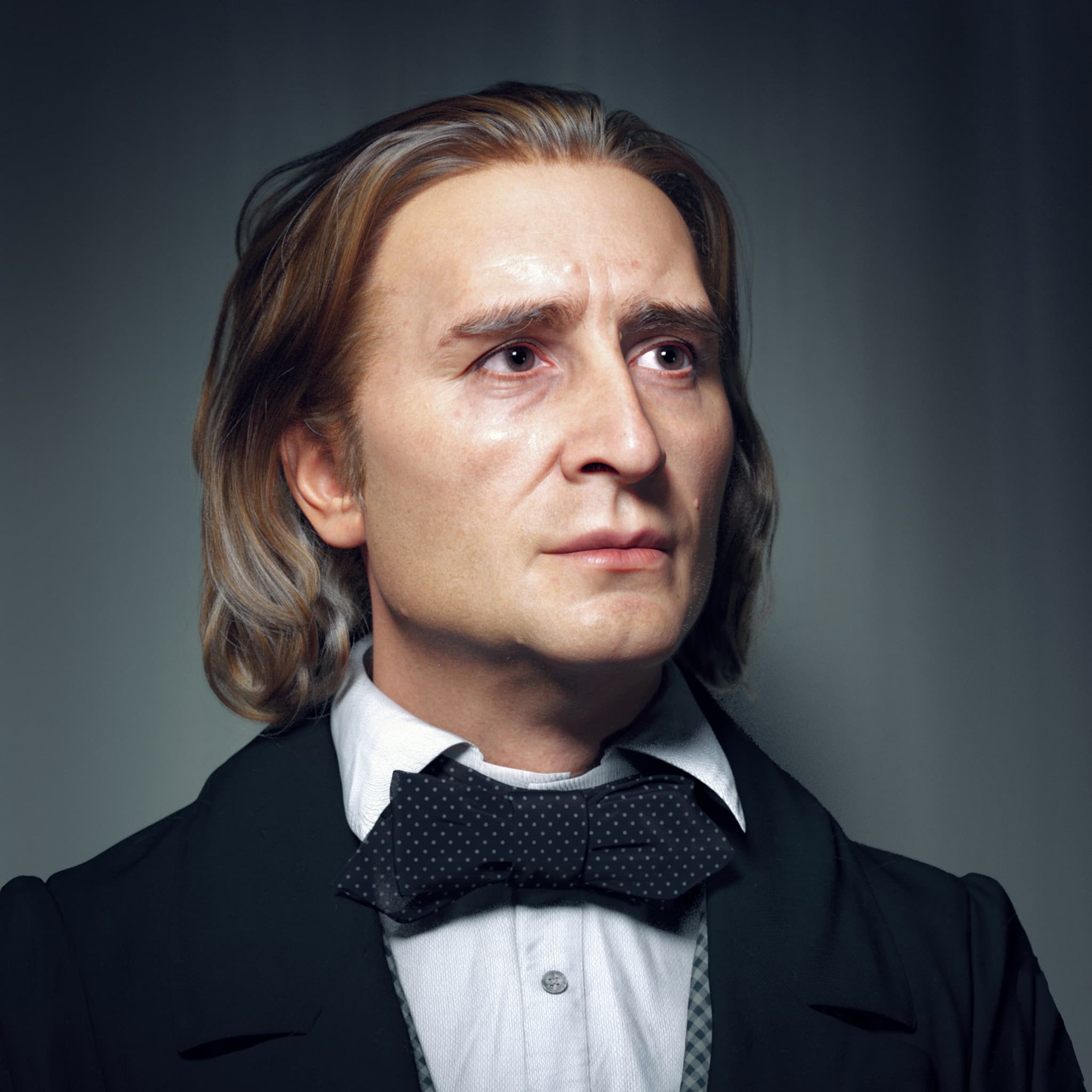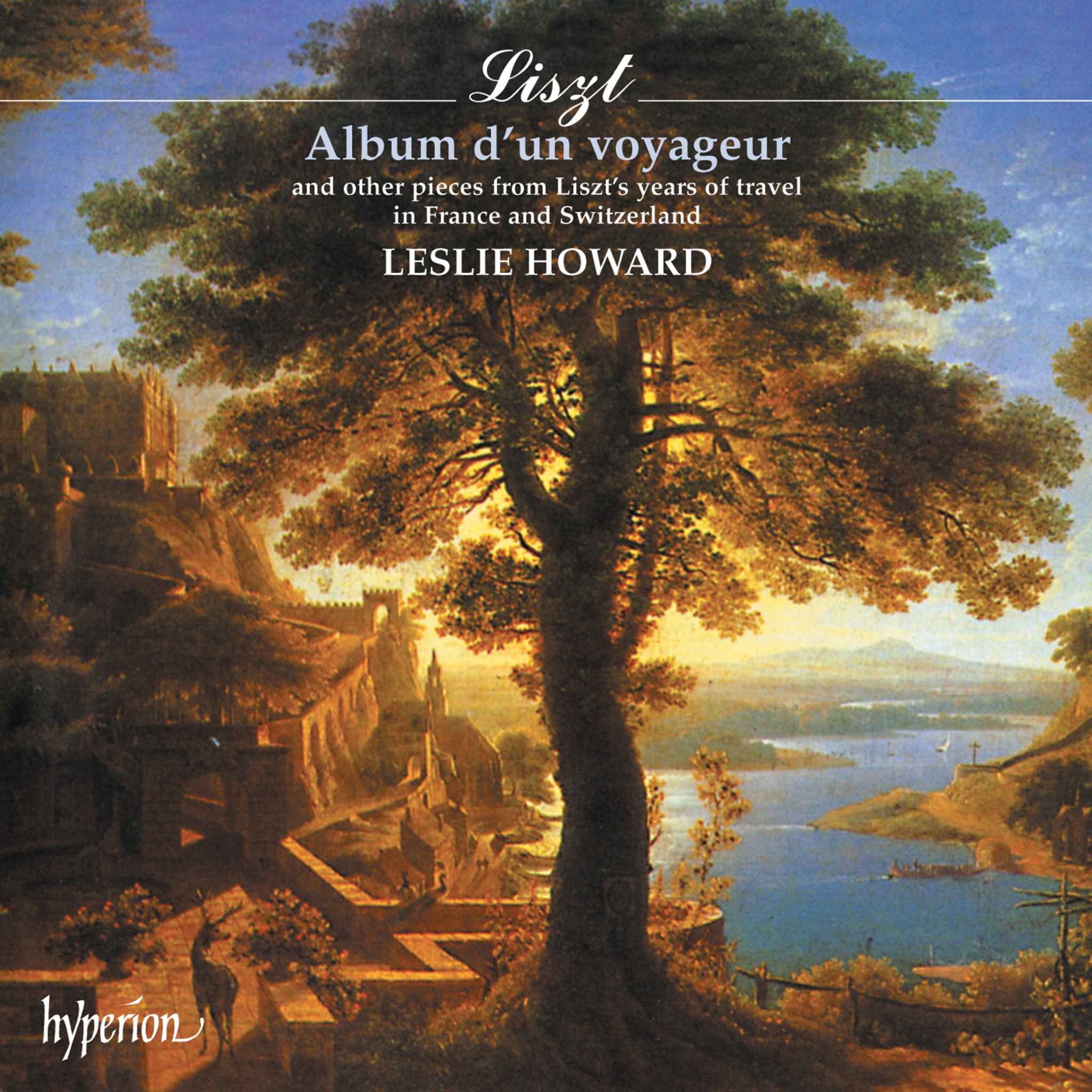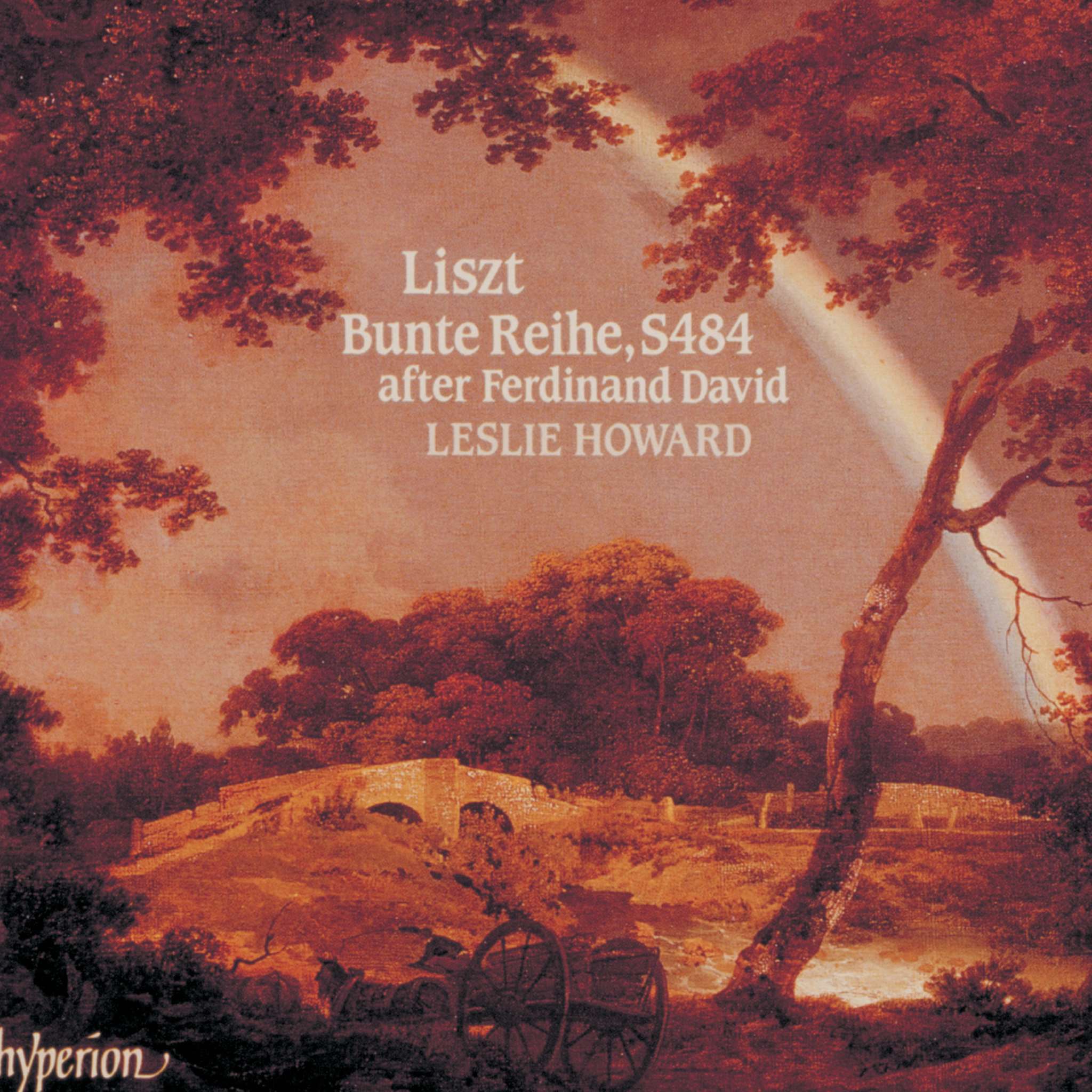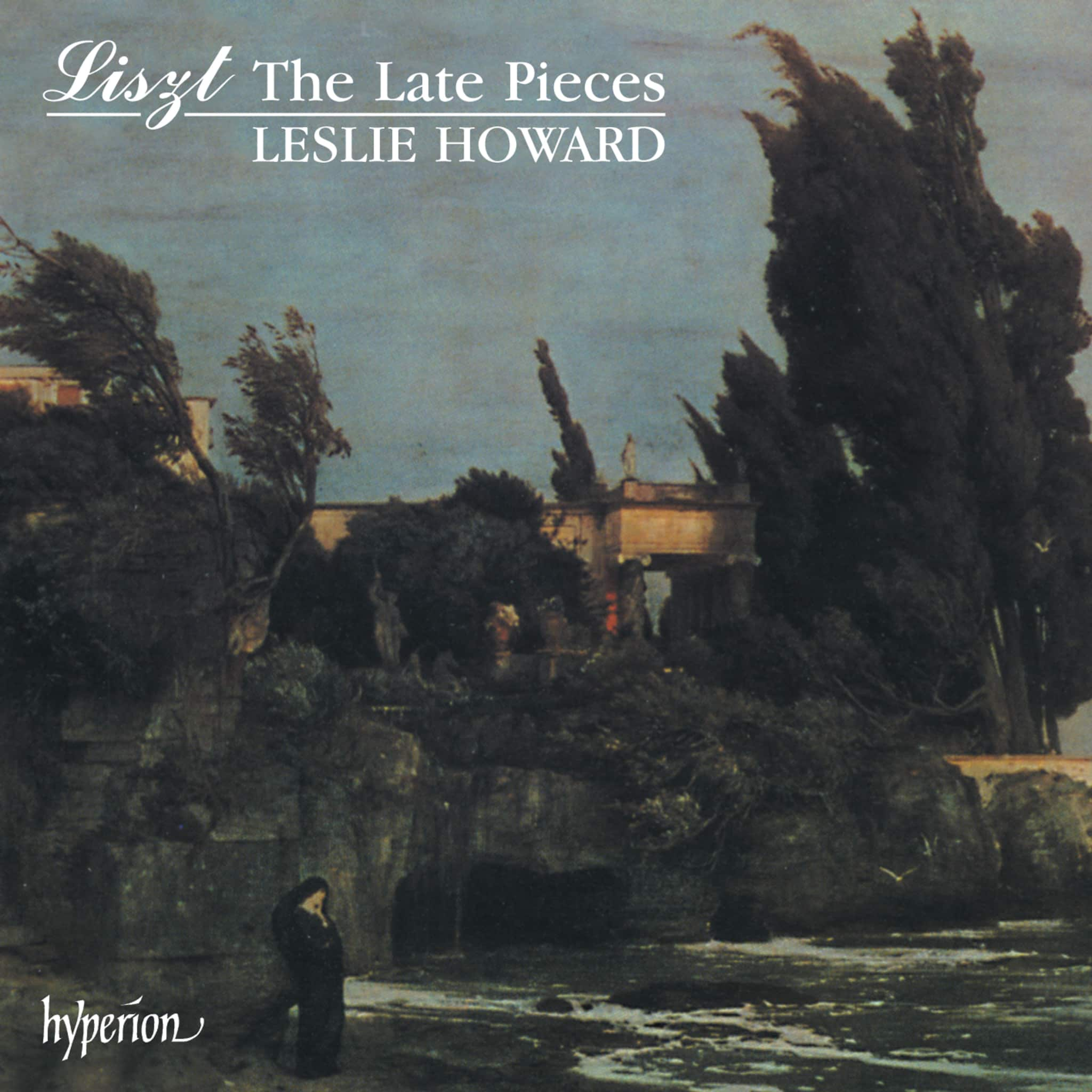Album insights
Presenting on this album the initial commercial recordings of William Wallace's compositions is a remarkable revelation, especially considering that these masterful symphonic poems mark the initial endeavors in this genre in Britain. The figures who star in these works are as adventurous as their creator: William Wallace (Scottish hero, freedom fighter; beheaded and dismembered by the English); François Villon (Rebellious poet, tumultuous life; narrowly escaped the gallows by a hair's breadth; his early death remains a mystery); Beatrice (Royal heroine, vibrant in Dante's celestial rose); Sister Helen (The Malevolent. Commits murder through magic arts; consumed by jealousy and unrequited love).
This creation stands as a noteworthy late medieval collection of stories by Dr. William Wallace. All four characters teeter at the edge of human capability; yet, these studies of human nature taken to extremes are deeply empathetic and profoundly understanding. With a balanced honesty reflecting Wallace's own humanity, we are able to empathize with and for his heroes without a hint of pedantry or excessive sentimentality. These are musical portraits of strength and integrity.
Moreover, William Wallace, Doctor of Medicine, Master of Surgery, Captain in the British Army Medical Corps, was a remarkable man in his own right. A classical scholar, physician specialized in eye diseases, poet, playwright, painter, author of music literature, and composer, he was diligent—in World War I, he served as Inspector of Ophthalmic Units in the Eastern Command; astute—as seen in his meticulous depiction of eye diseases through his art; erudite—he published a treatise on Greek ligatures in the 16th/17th century; polemical—his writings on music are wonderfully provocative; and selfless—in his last two and a half years of war service, he did not take a single day off duty.
Born in 1860, William Wallace, like Hamish MacCunn, was a native of Greenock. His father, James Wallace, a senior surgeon who might have been his examiner, witnessed his son completing his studies with a Master of Medicine and Surgery from the University of Glasgow in 1885. Continuing his studies in ophthalmology at the same university in 1888, around that time, he published the text and music of a Carmen Glasguense, honoring the university, with its bold cover design featuring a student donning a doctoral cap, books, and the symbolic Hebrew letter Shin, created by Wallace himself.
However, for Wallace, his musical inclination proved stronger than visual arts, leading him to pursue music. While he studied briefly at the Royal Academy of Music—merely for two terms—he continued his education through self-study. Aligning with his contemporary Bantock in defiance of the conservatism prevalent in music schools of their time, Wallace co-published The New Quarterly Musical Review with Bantock, a publication he often edited in Bantock's absence. In a letter dated 1904, Wallace urged the Royal College of Music's jury to give a chance to even the most bizarre and so-called eccentric compositions submitted, and regarding the controversies at the Leeds Festival, he expressed a readiness to "march towards the guns"! Nevill Cardus described Wallace in 1964 as "a composer who was one of the pioneers of the forward movement seventy years ago," and later praised Wallace's Freebooter Songs, recalling singing "Son of Mine" on smoky Saturday evenings for a fee of a guinea each. It is indeed delightful to think that a forward-thinking composer like Wallace could craft words and music (not forgetting cover design) for songs that would become so popular.
The Wallace household must have been fascinating as Wallace married the esteemed Scottish sculptor Ottilie Helen McLaren, daughter of Lord McLaren. Wallace dedicated A Suite in the Olden Style for piano to her. A pupil of Rodin, she regularly exhibited at the Royal Academy. However, in 1928, she was unable to do so, prompting William to swiftly create a painting titled "Waterloo Drum," depicting a corner of their London home, which he submitted, ensuring the family's representation. The painting was accepted and duly displayed.
During 1914–18, Wallace tirelessly served in the British Army Medical Corps. He retired in 1919, holding the rank of Captain. By war's end, aged 58, he had taken only three weeks of leave, authoring reports on 19,000 cases over four years, treating many himself. He must have been utterly exhausted. In his later years, he became a Professor of Harmony and Composition at the Royal Academy of Music, under the tenure of his fellow Scottish composer John Blackwood McEwen as the Principal.
Among Wallace's notable works are the grand Creation Symphony, premiered in 1899, the lovely Pelléas et Mélisande Suite from 1903, and the bitingly satirical choral ballad The Massacre of the Macphersons, which presents an absurd amalgamation of Wagnerian fragments and traditional Scottish themes. He also composed two more symphonic poems and a range of other works deserving of attention. Wallace's radical approach, especially in his freer structural development, sets him apart from contemporaries like Mackenzie or MacCunn. Additionally, he authored several books on music theory and history, presenting extensive and challenging works analyzing the nature and evolution of human musical abilities and studies providing insights into Wagner and Liszt, whose influence on his music is evident. He passed away in 1940.
August 23, 1905, marked the 600th anniversary of the great Scottish patriot and freedom fighter William Wallace's death. His life story inspired countless poems, novels, songs, and orchestral pieces. With the film Braveheart, his legacy found a place among romantic epic tales on screen. For composer William Wallace, this anniversary was a moment of national significance not to be missed. Rising to the occasion, Wallace composed Sir William Wallace, a work of resolute glorification premiered on September 19 under the baton of Sir Henry Wood at the Queen’s Hall Proms concerts.
Villon, the last of the six symphonic poems, was composed next. It premiered in March 1909 by the New Symphony Orchestra and was published by Schott in 1910. François Villon (1431–1463), a murderer, lecher, great poet, and, with Rabelais, a hero embodying the final medieval consciousness, his irreverence filled with such humanity that it never required forgiveness, his mischievous joys so intertwined with eternal concerns, making it impossible not to feel the deepest affection for him.
Wallace, a biting yet compassionate observer of humanity, constructed an extraordinary psychological yet profoundly moving portrait in this work, drawing from carefully selected and beautifully arranged excerpts from Villon's Grand Testament printed in the score. As a remarkable scholar, Wallace aptly captured the self-pitying plea of the opening: "Ung pouvre petit escollier qui fut nommé Françoys Villon."
The Passing of Beatrice, a work from 1892, represented Wallace's first symphonic poem and is deemed the first British work in this genre. Shaw referred to Wallace as "young Scottish composer with a tender and compassionate talent," proposing that the work could be cut by nine-tenths and unfavorably comparing it to the Preludes from Lohengrin. Fortunately, the work survived, albeit barely. Regardless, The Passing of Beatrice also bears significant influence from Liszt, whose Dante Symphony, one could say, culminates the work, leading us from purgatory to paradise. In his intriguing composition Liszt, Wagner, and the Princess (London, 1927; page 94), Wallace illustrated what Wagner owed to Liszt. He inscribed the score with the following statement:
"This symphonic poem is based on an episode Dante does not describe. He and Beatrice ascend to the Empyrean. Paradise opens before them, In such wise then as a snow-white rose…"
"Dante grows dumb at the sight of the vision, and, turning to Beatrice in wonder, finds that she is no longer by his side, but is taken hence to take up her place in the Paradisal Rose. The music here is to illustrate the Passing or Transition of Beatrice from terrestrial to immortal existence."
Sister Helen's approach in love stands as the exact opposite of Beatrice's ways—relentless revenge, fueled by betrayal and jealousy. This third and perhaps most profound of Wallace's symphonic poems draws from a poem by Dante Gabriel Rossetti. The Largo sostenuto in the opening represents her brooding jealousy, with woodwinds portraying the flame of the man's waxen image who betrayed her. The reminiscence of her past love, expressed with great emotion, only surfaces to the punctuated rhythm of the first fortissimo, cruelly foreshadowing her ultimate triumph. The Vivace, Scottish folklore, depicts with cheerful innocence the younger brother she sent to the window to watch for an approaching rider.
The Andante depicts the gestures and supplications of her former lover, forming a sort of slow movement isolated musically by Sister Helen's perverse emotions that erupt again with Con fuoco. However, the inevitable end looms, and the final stanza chillingly attains its dreadful goal, as the spirit of her deceased lover is condemned to wander until Judgment Day.






